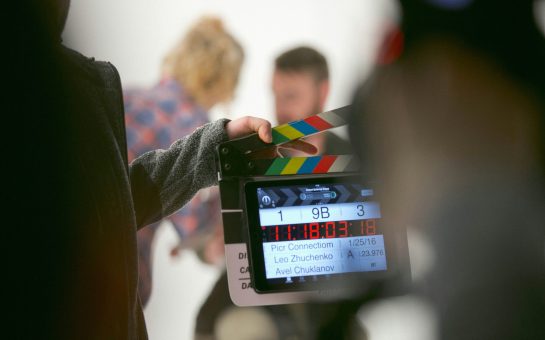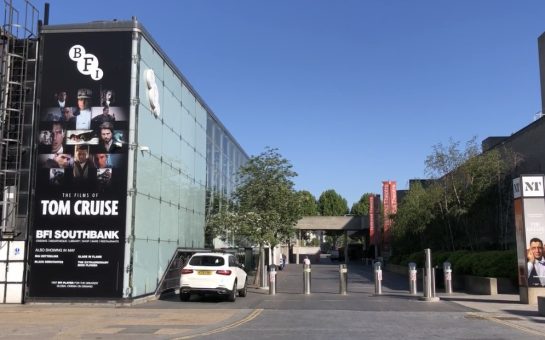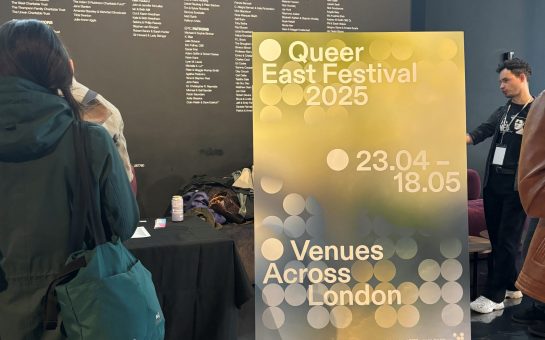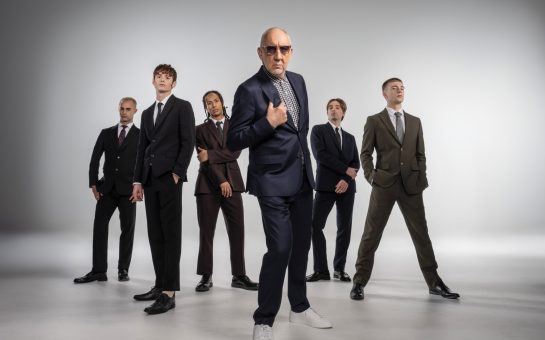By Jonathan Rose
Friday June 12, 2020 12.00
Follow @SW_Londoner
“Each film is a new journey and I attempt to forget what I know already.”
With multiple BAFTAs under his belt and an eclectic body of work including L.A. Story, The Bodyguard, Crazy, Stupid, Love., and The Perks of Being a Wallflower, British cinematographer Andrew Dunn BSC is no stranger to the film industry.
With a career spanning more than thirty years, Dunn’s eye remains firmly planted behind the lens of a camera with his upcoming film The United States vs. Billie Holiday currently in post-production.
Directed by Lee Daniels and starring Andra Day (Billie Holiday), Natasha Lyonne (Tallulah Bankhead), Trevante Rhodes (Jimmy Fletcher) and Garrett Hedlund (Harry Anslinger), the script was written by Suzan-Lori Parks, the first African-American woman to receive a Pulitzer Prize for her play Topdog/Underdog.
Prepared and shot in Montréal from mid-August to mid-December 2019, the film explores Holiday’s tumultuous relationship with the American authorities using a series of flashbacks from her childhood up until her death in 1959.
Harry Anslinger and the Federal Department of Narcotics were determined to make an example of Holiday and the film studies a lesser known undercover sting operation led by federal agent Jimmy Fletcher.
Daniels and Dunn have collaborated on numerous projects including Precious, The Butler, an Empire pilot and some preparation work on other films including one about Richard Pryor that was never made.
The pair had discussed doing a Billie Holiday film for around three or four years.
Dunn explained: “The best scenario for any filmmaker, especially when working so closely as a cinematographer and a director, is a deeper understanding of who they are and where they want to go with the project.
“The best kind of collaborations are when we understand each other on a deeper level, then he trusts me, and I trust him.”
It is this symbiosis of understanding and translating their ideas onto film which has led to such a successful partnership.
Dunn shot on film and chose 50-year-old anamorphic wide screen lenses to make the film look and feel like the 1930s/40s and the peak of the Jazz Age.
“As a breed, cinematographers are chameleons and have to be adaptable to influences.
“We attempted to give the film a feeling of that period, but without making it look as though you are looking back through a window at it, but rather take the audience into that place and time.”
A film featuring a singer as seminal as Billie Holiday was bound to feature scenes of her influential songs such as ‘Strange Fruit’.
Dunn said: “Each song we tried to give a different visual look and slant at the point in her life where that song may have meant something either through a relationship or through some personal experience as a black woman in the USA at that time.”
“We tried different methods of camera movement such as when she was having a good time with the audience we would keep the camera alive and moving and other times when she was singing a love song about a particular person we related the style to her thoughts and emotions.”
Dunn described long, complex takes which were tricky both technically and for the actors, but praised Day’s astonishing performance as Holiday.
“I treat actors with a huge amount of respect. The actor is on the frontline and is expected to produce the goods, the emotion and the performance.
“The skill is to convey this magic to the audience.”
Photo credit: Takashi Seida




